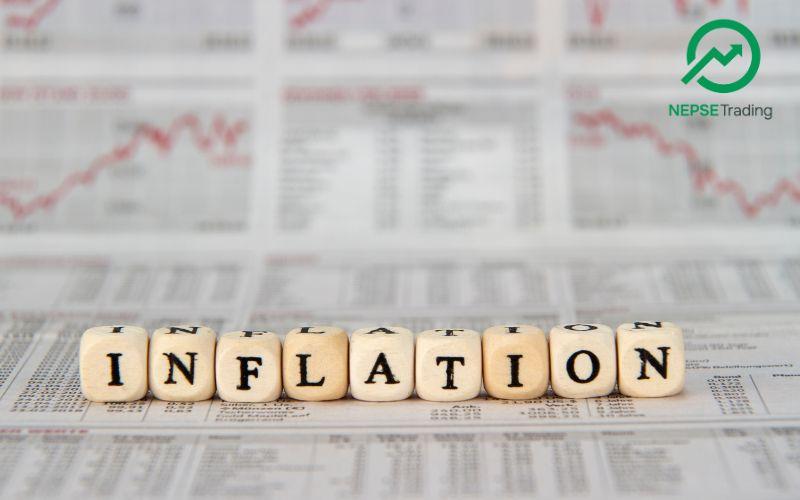By Dipesh Ghimire
Salary and Wage Index Shows Broad Rise Across Industries, Agriculture and Retail Lead Nation’s Wage Growth

Nepal’s industrial wage structure has experienced a noticeable upward shift, with the national Salary and Wage Index reaching 107.02 points in mid-October 2025 (Asoj 2082). According to the latest data published by the government under the Nepal Standard Industrial Classification (NSIC), wages across almost all major industries have risen steadily over the past two years. Compared to mid-October 2024, the index increased by 4.48 percent, while wages were 3.68 percent higher than mid-July 2025. Analysts say the trend signals rising labor demand across Nepal’s economic sectors despite lingering challenges in productivity and job retention.
The most significant wage escalation has occurred in the Agriculture, Forestry and Fishing sector, which alone accounts for 19.36 percent of the national wage weight. The index for this sector climbed to 110.61, marking a robust 6.14 percent increase over the previous year. Experts attribute this rise to continued labor shortages in farming communities, growing dependence on hired agricultural labor, and the steady movement of working-age youths toward foreign employment. Rising input costs and seasonal labor demand have also contributed to the wage push.
The pattern of wage acceleration is similarly visible in the Wholesale and Retail Trade sector, including the repair of motor vehicles and motorcycles. This group’s wage index jumped to 108.53, a sharp 6.46 percent increase from last year—one of the highest across all industries. The growth reflects the strong rebound in urban consumer activity, expansion of retail establishments, and rising competition among businesses to retain skilled sales workers. Increasing import volumes and broader activity in vehicle servicing have also contributed to higher wage outlays in the sector.
The Human Health and Social Work Activities sector also witnessed a strong rise in wage levels, with the index reaching 108.17, reflecting a 4.45 percent rise over last year. This growth is closely linked to rising demand for healthcare services, expansion of private hospitals, and increased staffing needs in both rural and urban health facilities. The sector continues to experience an outflow of trained medical workers to foreign countries, forcing domestic institutions to increase wage rates to attract replacements.
Transportation and storage services, which play a crucial role in Nepal’s supply chain and logistics systems, recorded a wage index of 107.03. This marks a 4.85 percent rise over the previous year, indicating strong labor demand in cargo handling, freight services, and public transportation. Economic recovery, expansion of road networks, and growth in inter-city mobility have all fueled the need for transport workers and drivers.
Accommodation and food service activities, a sector tied heavily to hospitality and tourism, posted a wage index of 106.49, showing a 4.11 percent year-on-year increase. As domestic tourism grows and hotels and restaurants continue to expand their services, competition for cooks, servers, cleaners, and operational staff has intensified. The rise in tourism activity and the gradual recovery from past economic disruptions have pushed employers to offer higher wages to reduce staff turnover.
In the industrial sector, Manufacturing wages reached 105.85, recording a 4.10 percent annual increase. Meanwhile, wages in Construction, a major employer of semi-skilled labor, rose to 104.46, showing a more moderate 2.32 percent annual growth. Analysts note that construction activity remains sensitive to economic uncertainty, liquidity challenges in the banking sector, and fluctuating import costs, which may have softened wage growth compared to other industries.
Sectors dominated by skilled and technical workers, such as Information and Communication, saw a notable wage rise as well. The category reported an index of 107.23, reflecting a 2.86 percent annual increase, supported by growing digitalization, expansion of telecom services, and increasing demand for IT professionals. Similarly, Financial and Insurance Activities recorded a wage index of 106.45, showing a 5.14 percent increase over last year, influenced by employment competition within banks, insurance companies, and fintech firms.
Public Administration and Defence remained unchanged at 100.00, indicating zero wage growth in government jobs over the measured period. This reflects salary rigidity in the public sector, where compensation adjustments occur through structured budget decisions rather than market-driven forces. Meanwhile, the Education sector showed a relatively stable increase, with wages rising to 106.54, marking a 4.18 percent annual gain, largely attributed to higher demand for trained teachers and expansion of private educational institutions.
Overall, the national wage landscape presents a clear picture of rising labor costs across most industries. The broad-based increases highlight the impact of inflation, migration-driven labor shortages, and expanding economic activities. Low-skilled and service-oriented sectors have experienced the fastest wage growth, while capital-intensive and government sectors show more moderate adjustments. Economists say if the trend continues, Nepal’s labor market may see further restructuring as workers shift across industries in search of better opportunities and employers adapt to increasingly competitive wage conditions.









